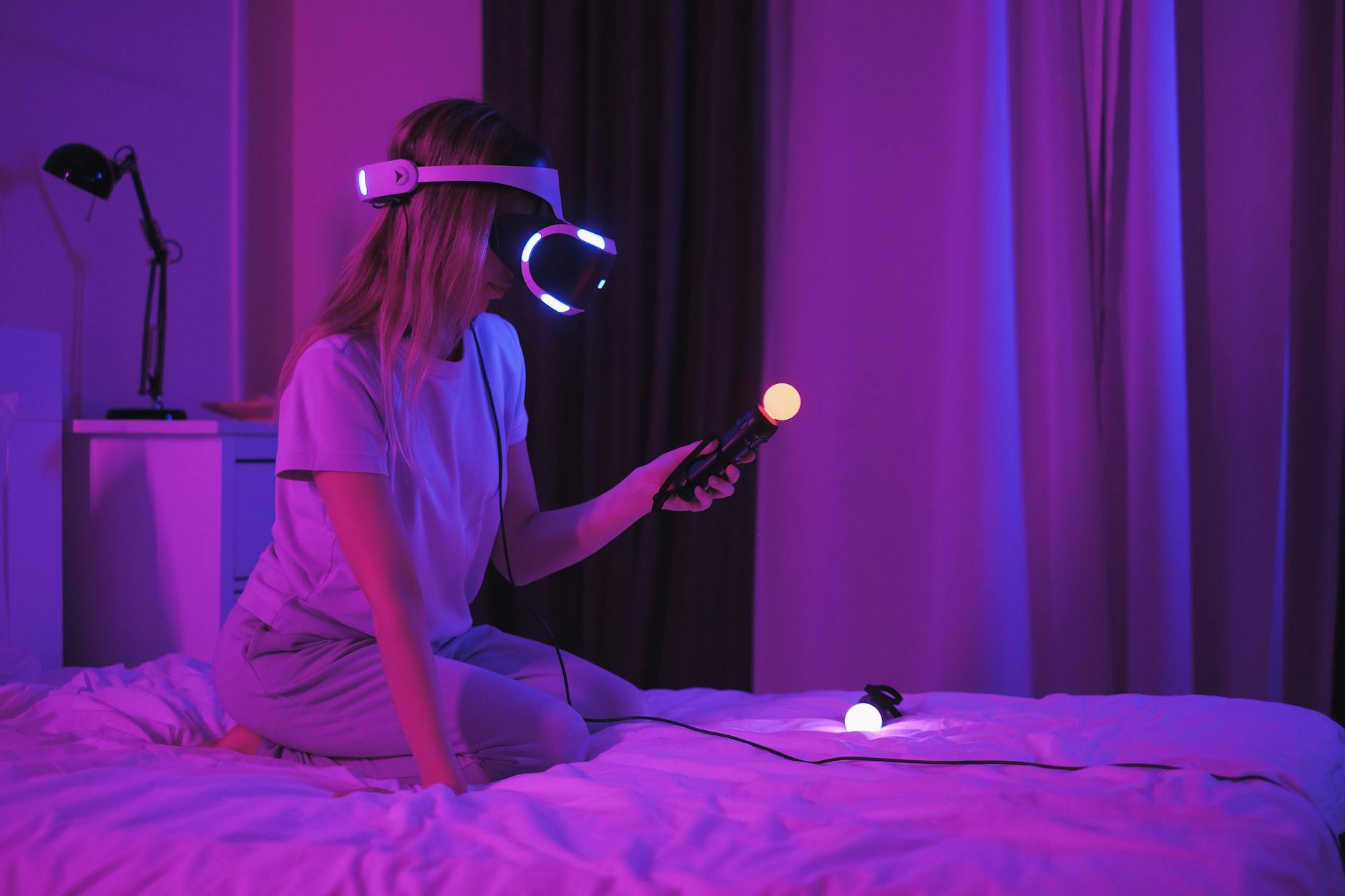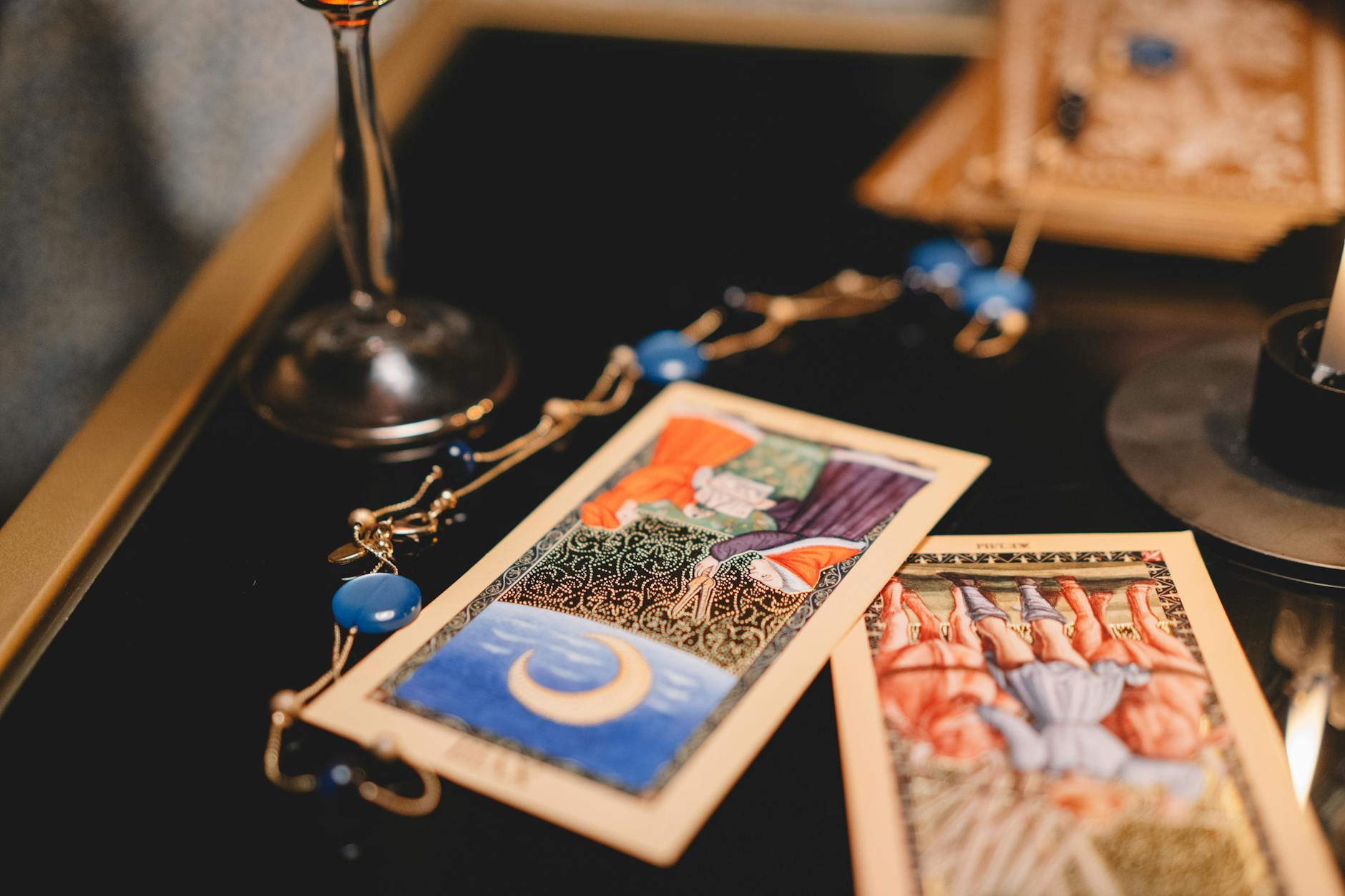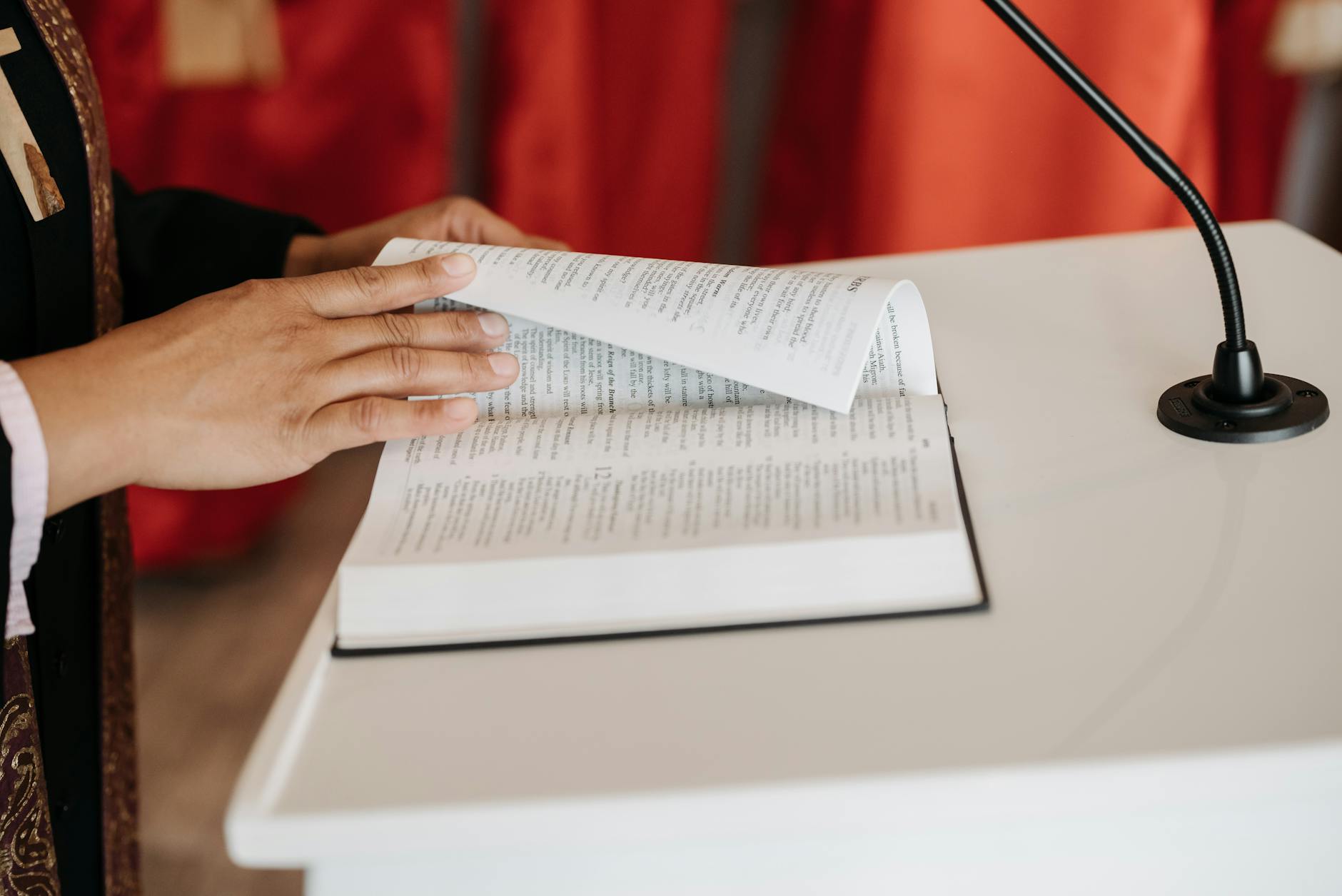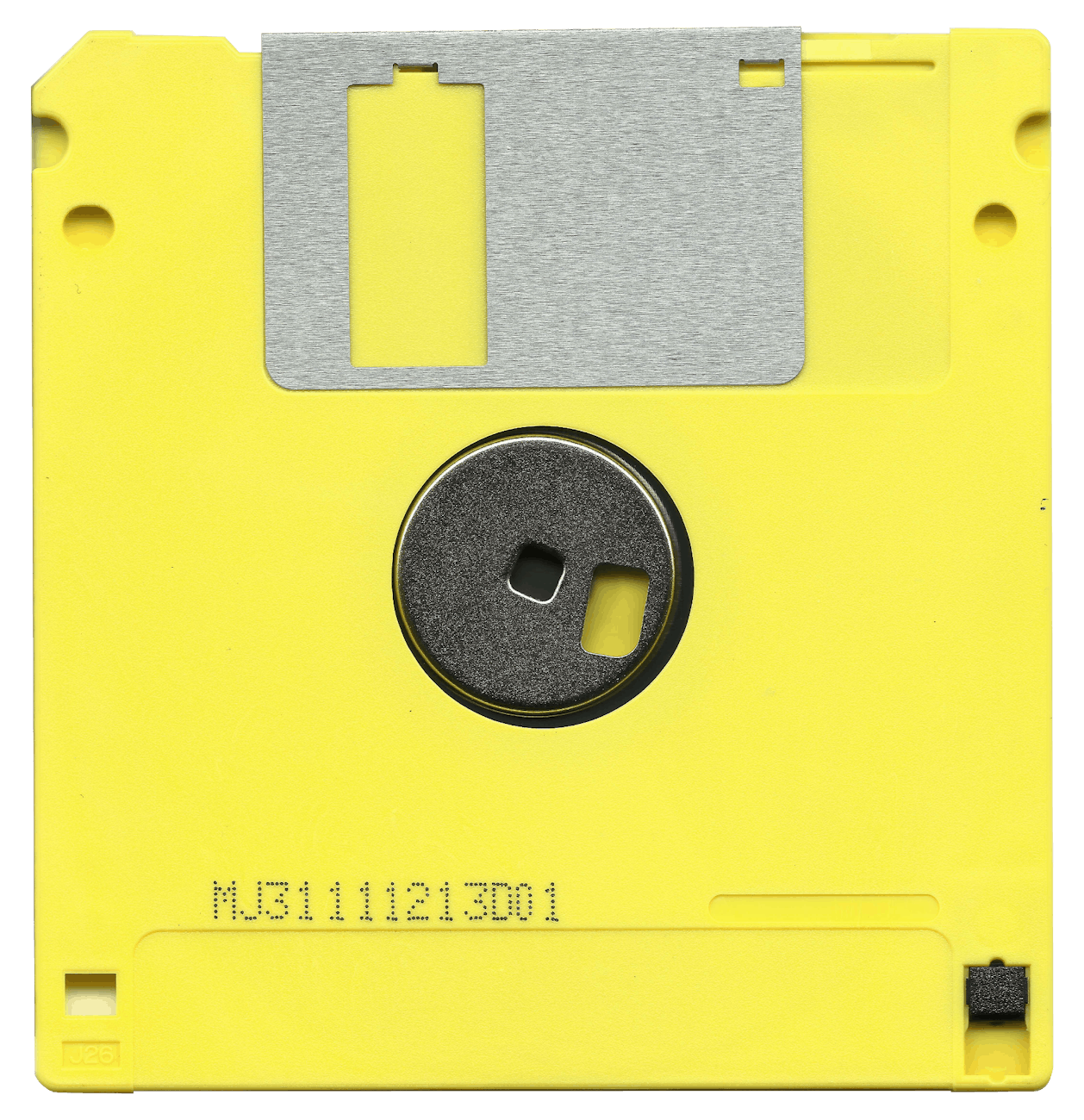Well for a variety of crazy reasons we just drove 11 hours to Montana. It was a great trip and an easy way to see some beautiful country (with suitably scary revelations), but one of the highlights was listening to the LensRentals Podcast. I first started using LensRentals an incredible 9 years ago and they have just been the best for many sailing shoots. It was a great pleasure to discover they are the largest rental for cameras and related equipment in the world. They apparently buy lenses in the lots of 1,000s now. Couldn’t happen to a nicer or more dedicated group of folks from Cordova Tennessee of all places.
What I’m not doing? AF micro-adjustment for DSLR and Sensor Cleaning
Ok, apparently it is not enough to buy a fancy DSLR, there are some simple things to do to make everything work better. A simple 5-20 minute thing is called AF micro adjustment. This means that every camera has a different error in focus. It is really important because phase detection which is used in most cameras depends on a precise calibration between camera and lens. Some people think that mirrorless cameras do not need micro-adjustment, but it is available on the Nikons and they are not normally needed for most lenses particularly systems with electronic viewfinders. This is because there adjustment is because there are two light paths, from the object to the eye and to the sensor, but with a modern mirrorless, there is no difference.
One thing though that all digital cameras need is sensor cleaning. I’ve actually never done this, but I have had hairs and blotches on the sensor and gently blown them off. You should actually. The big issue is that you can scratch or damage your sensor if you make a mistake. You should buy a VisibleDust Quasar R 5X with Dark Adaptation Technology for $100 or the Quasar Plus Sensor Loupe 7x Improved which has six bright LED lights but is out of stock. Or you can get a cheap Carson 4.5x for $25. Use either of these so you can see the actual dust that is on the sensor. This thing is fancy with IR lights so it is easier to see the dust so you can get it off. In a mirrorless system, the sensor is actually completely bare, so as soon as you open up the lens, there lives the sensor, so be careful!
If you want you can start with a brush pen and then you need to use a rocket blower and gently blow the dust off the sensor. There are times when you can actually blow the dust between the sensor or even scratch the sensor itself. And you can actually use a pen and do a wet one if there is a stain, but really I would take it in if this is true.
What I’m doing too much of? Primes are good but Fast, heavy lenses are not so much
Roger Cicada had some good advice on lenses, the read between the lines part is that a prime lens is going to work much better than a zoom, and weight-wise, four primes can weigh as much as a zoom, so most of the time if you get a chance, get the best primes you can afford. Of course, you can’t change a prime as quickly as you can rack a zoom, but most of the time I find that the tradeoff in quality isn’t worth it. As an example, if you have zooms then you need for about $5K:
- Sony 70-200mm f/2.8 lens is really big at 39.6 oz or 1.12Kg with a 3-ounce foot for mounting. That’s a lot of mass to deal with and you don’t get really good midrange zoom for $2.8K at Amazon.
- Sony 24-70mm f/2.8 lens. which is 31.3 oz or 887g. So you are carrying a whole 2Kg of glass for $1.9K at Amazon.
And here is the kit that I’m carrying right now with about the same zoom range. Note that in this case, it doesn’t quite go all the way up to 200mm nor down to 24mm, but it is so much sharper, that cropping will get you nearly as good an image. A zoom lens has a host of compromises, so it’s just not going to be as sharp or as light as a set of prime lenses for about the same $5K:
- Sony FE 24mm f/1.4 GM. This weighs 445g costing $1.3K at Amazon
- Sony 50mm F/1.4 FE. This is 449 grams costing $1.5K at Amazon.
- Sony 135mm F/1.8 GM. This is one of the finest pieces of glass made and it shows it with a 949g weight and a cost of $2.1K at Amazon
These are some of the finest lenses made and are much sharper than the two zooms you would need instead. So unless you are a wedding photographer who needs a zoom so you can get that quick casual shot, this is going to be a pretty good bag of tricks at 1.8Kg total and on the camera, you are carrying 4-900 grams rather than a 1.12Kg monster so it is easier to maneuver.
Now the comparison becomes even more compelling with more budget-friendly glass which will still have very good (just not state-of-the-art) resolution but definitely better than a zoom:
- Sony 55mm f1.8 Sonnar. $898 at Amazon weighting 280g or then Rokinon/Samyan AF 50mm f/1.4. $450 at Amazon at 1.45 pounds or 549
- Sony FE 28mm F2. $448 at Amazon at 7 ounces or 196g
- Sony FE 85mm F/1.8. $598 at Amazon at 0.65lb or 291g
You can see that dialing back on the speed and glass quality has a big effect on weight and price. This whole system would cost $1.5K and weigh 767g. So three lenses weight less than a single zoom above!
Simple economy measure, trade down a little bit in lens speed
One quick note that’s not obvious is that the F-stops sound about the same, but in reality the smaller the number the bigger the differences an F/2.8 lens is one stop slower than an f/2, which s one stop slower than an f/1.4 which basically means the lens opens to 1/1.4 of focal length. So for a 50mm lens, that means at f/2.8 the iris aperture is to D = 50mm * 1/2.8 = 50/2.8 = 17.8mm = 2 * r while an f/2 is 50/2 = 25mm. OK now that you get that, the next thing is that the amount of light let into the camera is going to be the area of the circle so it’s (btw do you like the Latex/Katex WordPress plug-in I found?), then you can make the math look really pretty. What this means is that going from f/2.8 to f/2 means that the number of light doubles since it works by the square of that diameter since the amount of light is proportional to the area of the open circle Exposure = A =2 \pi r^2 . What that means is that if you go from say F/2.8 to F/4, you are doubling the amount of light that you get. Put another way if you have an F/2.8 shot that you do at ISO200, you get the same light at F/4 if you shoot at ISO 400.
The depth of field shrinks though, as you increase the aperture, you get a shallower depth of field, so people like to use fast lenses for that reason, but you pay a lot more. The doubling is a little strange because the area is proportional to the square of the aperture, so a simple table is that every time you get smaller, you increase the amount of light by the square. The strange thing about photography is that intuitively, the large the F-stop, the smaller the aperture and the amount of light let in. The other thing to know is that the speed of the sensor is quoted in ISO numbers, and here, every doubling of the ISO doubles the amount of light or the exposure
| F-stop | Ratio | ISO for the same exposure |
| F/4 | 1 | 1600 |
| F/8 | 2 | 400 |
| F/16 | 4 | 100 |
The confusing thing is that to double the amount of light, the F-stop number actually increases by the \sqrt{2} because when the radius doubles, the actual area increase by r^2. So to get the doubling values, you get these funny figures but the ratios are really \sqrt{2} = 1.44 so the ratio of \frac{4}{2.8} = 1.44 = \sqrt{2}
| F-Stop | Ratio | ISO for the same exposure |
| F/2.8 | 0.7 | 3200 |
| F/4 | 1 | 1600 |
| F/5.6 | 1.44 | 800 |
| F/8 | 2 | 400 |
| F/11 | 2.88 | 200 |
So when you are talking about stops, you get a radio that looks like for two exposures E_1 and E_2, the number of stops where one-stop is doubling the amount of light is for say F/1.2 to F/1.8 for lens focal length the difference in the area A at F/1.2 and F/1.8. Then basically the 2 \pi cancels out the F cancels out too, the net is that it’s about 2.25x faster. The other way to think about it is that if you are shooting an F/1.2 at say ISO 200, then if you shoot F/1.8 then you need to run it at 225% higher ISO or 400 or so. With modern cameras that can get to ISO 3200 or 6400 noise-free, it’s better to get the smaller lens and crank the ISO up. The reason for this is that basically, the additional exposure is
\begin{aligned}
ISO_{increase} = \frac{F/1.2}{F/1.8} = \frac{A_{1.2}}{A_{1.8}} = \frac{2 \pi * r_{1.2}^2}{2 \pi * r_{f1.8}^2} = (\frac{r_{1.2}}{r_{1.8}})^2 = (\frac{\frac{1}{1.2}}{\frac{1}{1.8}})^2 = (\frac{1.8}{1.2})^2 = 1.5^2 = 2.25
\end{aligned}Or more generally to compare the speed of two apertures frac{F}{A_1}[katex] and [katex[frac{F}{A_2} and this is the additional ISO boost you will need to get the same exposure
ISO_{increase} = \frac{\frac{F}{A_1}}{\frac{F}{A_2}} = (\frac{A_2}{A_1})^2So let's see what happens if you buy some great lenses. One quick point is that there is currently a tradeoff, particularly in the 50mm lens where you can get f/1.2, f/1.4, and f/1.8 lenses. And the good question of which one to buy because the cost and weight really go up with "faster" lens. But with today's really fast cameras, these lenses take in more light. As an example, the Sony FE 50mm f/1.2 weights 778g or 27.5oz and costs $2K. In contrast the Sony 50mm F/1.8 weights 186g and costs $198. So literally 10x less cost and 4x lighter. The main point here is that with modern glass at moderate apertures like F/4, they are going to perform very closely. And in terms of additional light, it is very modest
Also, you can see that after a certain point basically F/2 or so, the gains become pretty small with huge cost and weight penalties. Now there are two other considerations off the mainstream:
- The lower the F-stop, the more background blur. This is important for things like portraits or macro photography.
- These big professional lenses oftentimes have nicer glass as they are not budget consumer, so you may go with better glass particularly if you are going to shoot with a tripod and want every little bit of resolution.
Advice for buying cameras? LensRentals to try, Lens Authority to buy, Sony vs Canon vs Nikon
It turns out there are the big three in the market Sony, Canon and Nikon have all really caught up in terms of camera quality. But here are some things to think about:
- For most people taking photos, the system you use is not as important as your own personal skill, the typical mid-range mirrorless camera is going to be plenty for most people. You don't need a massive number of megapixels and in fact, with today's cell phone particularly the iPhone 13, you really have so many creative things that you can do with it.
- Still, a mirrorless camera with a big piece of glass is going to take better low light and be higher resolution. So the good thing to do is to not spend time on spec wars, but realize that it is probably a middle-of-the-road system that you need. I try to stay one step from the top of the line (so in Sony speak not the A1, but A7R4 as an example or A7).
- The second is that the "glass" is what really matters, for instance, the top-of-the-line systems like the Sony A1, the Canon R3, and Nikon Z9 are $5-6K body monsters that most mortals don't need (but I sure do want one). It makes more sense to spend money on good "glass" and a decent body since that part will change over time.
- Overall though, Sony has recently really come out ahead in the shift to mirrorless cameras with Nikon losing a bunch of market share to Sony. Canon has largely held their own (and they are the only folks still making their own sensors). Full disclosure, I started with Canon and switched to Sony when they moved to mirrorless so quickly and haven't regretted it, but if you have Canon glass or Nikon glass, then you can use them with adapters on their new mirrorless cameras.
- Remember also that if you don't shoot that much that it can be much easier to just rent the equipment for say a safari from Lens Rentals or some other sites that do this. I've done that quite a bit when doing long shoots. There is no reason to buy a $20K lens for a once-in-a-lifetime safari adventure. Plus, it gives you a chance to try the systems in real life.
- And lastly, if you focus on good glass and a decent body then you can check Lens Rentals for used equipment by clicking on the "for sale" button. They only put it into their rental fleet for 2 years and they have great techs taking care of it, so this is another way to save money. So the easiest thing to do is to rent first and then buy it on that site. As an example, the excellent sony 50mm f/1.4 ZA costs $1,500 new at Amazon and is $780 at Lens Rentals with 10 years plus in life left in it.
Drill down on the Sony lineup
OK, given all this as a sample, looking at the Sony line, here are some suggestions:
- Sony a7IV. This is the camera that really started it all. It's in the middle of the lineup with a 33MP sensor, really fast autofocus. And it records videos in very high quality (4K with 10-bit 4:2:2 chroma if you must know).
- Sony a7R4. If you want to shoot landscapes at high resolution and don't need anything particularly fast this is a good choice but you need a tripod to get the true benefit of the 61MP monster
- Sony A7S3. This is their sports photography model. It is only 12MP but has incredible low-light performance.
- Sony A1. If Maseratis are your thing and you want to pose like a pro, then pop for the $6.5K Sony A1 that does everything but mix your drinks. So as an example, you could rent this from Lens Rentals for $347 for a 7-day rental.






